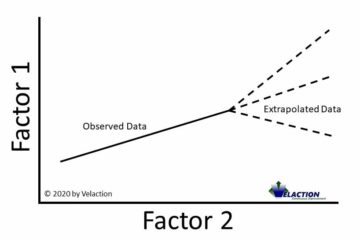Likert Scale
A Likert Scale is the sequenced set of responses we frequently see on surveys. There are several common applications, such as how strongly you agree with a statement, or how satisfied you were with service. The latter is common in phone surveys after a customer service call. Example Likert Scale: Not that the responses must result in ordinal data, meaning that it has a clearly delineated sequence to it. Each response is assigned a number, Read more…











